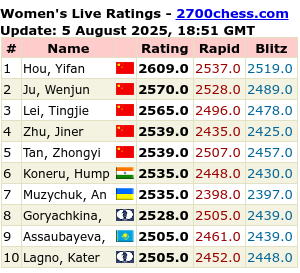Continuing a look at my most recent OTB game, uncovered another tactic, one that was not seen by either of the players ( certainly not by me, and because it wasn't played, I assume my opponent missed it as well).
I had put in my notes for move 11 in the first pass of analysis : "Bg5. Was this any good ?"
Now that I have looked I can see that that there was nothing wrong with it (although g5 was better) and in fact it was an improvement on the move I played.
However it exposes an "unseen" tactic, which would arise after Black's reply of Nc5.
 |
| 12. Ng5 Nc5 |
The triggers for White to see that a tactic is looming are Bg5 being undefended, and the threat of Nfxe4, which as well as capturing a pawn, attacks the White Queen and offers an exchange of the Queens and Rooks !
Putting in a random move of 12.a3 to show the tactic, you can see that not only does Black win the initial pawn, but exchanges Queens, Rooks and can even trap White's bishop, and practically eliminate the White advantage.
 |
| Possibilities |
Capturing Ne4 with d5 allows Qxg5. If White takes the Queen on d8, Black responds likewise and can even continue with exchanging Rooks.
Of course the whole line is avoided if White plays 13. Bd3 or 13.Qh4, making sure the Bishop is no longer undefended, however it shows how tactics lie waiting under the surface of the game, and how analysis of the game can expose these for learning opportunities.










